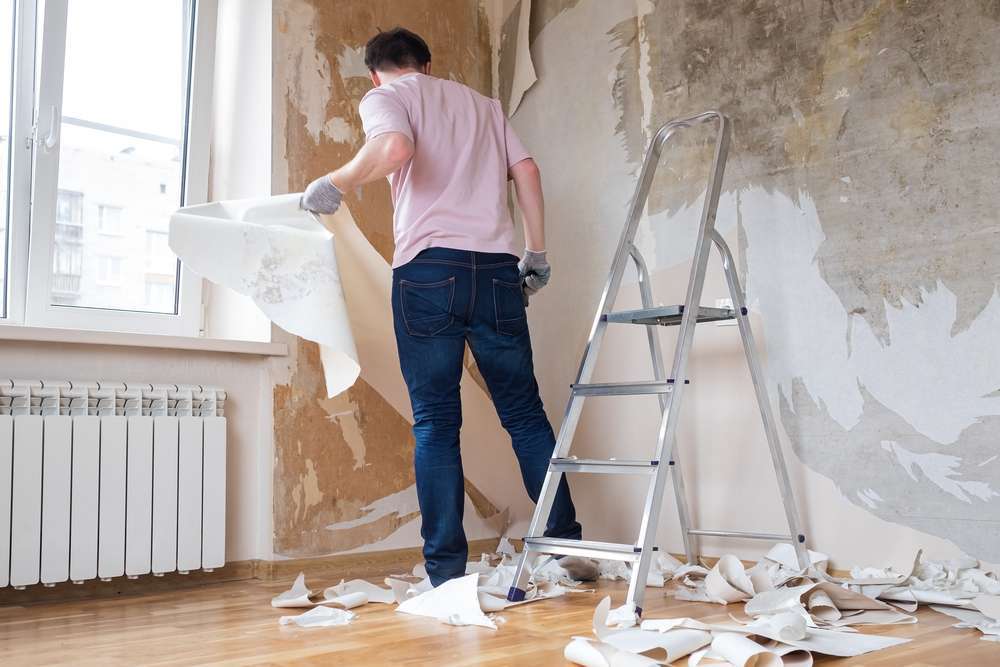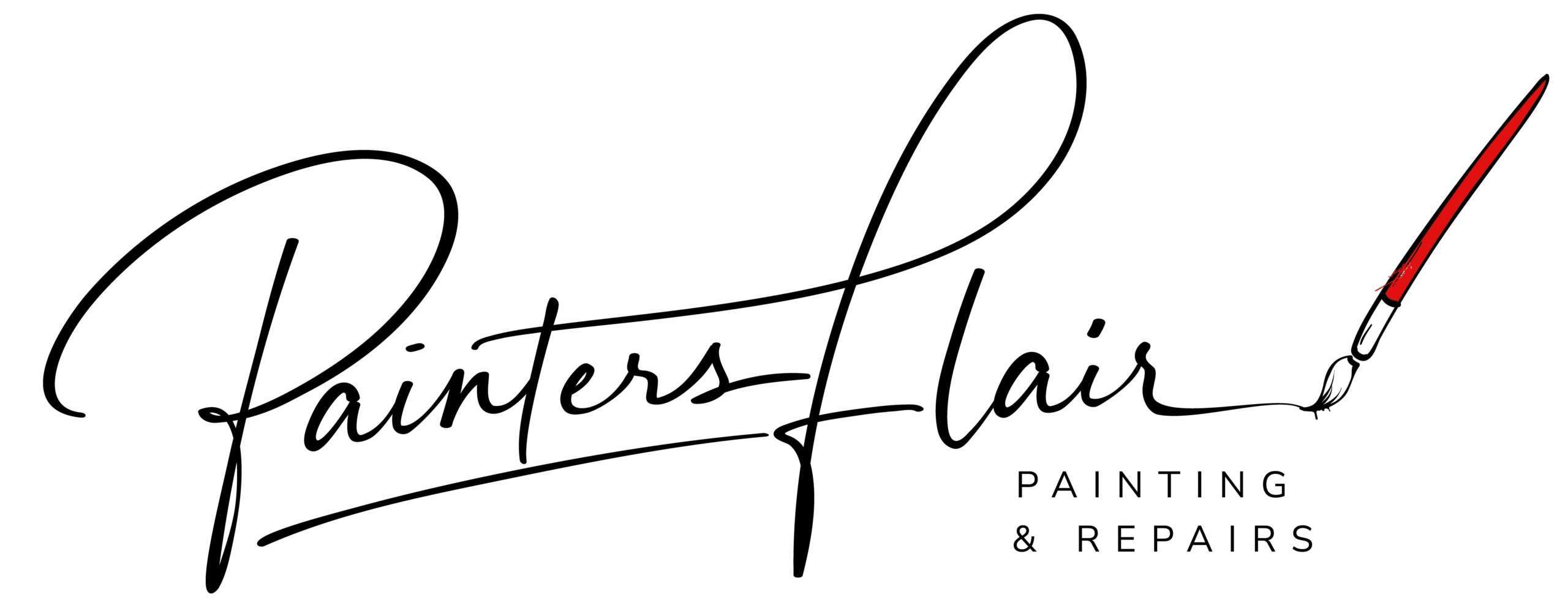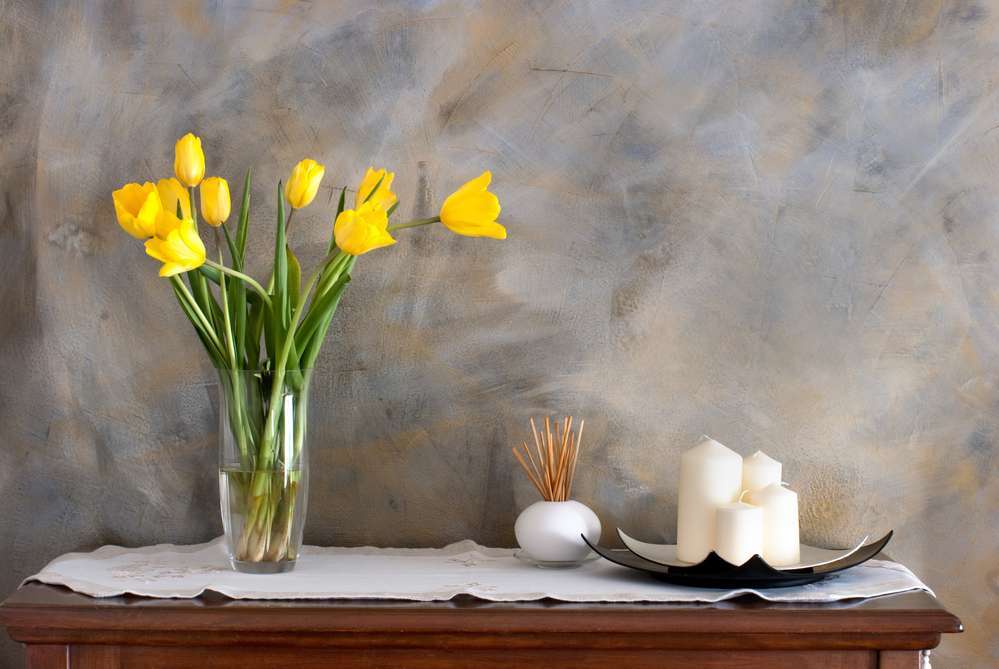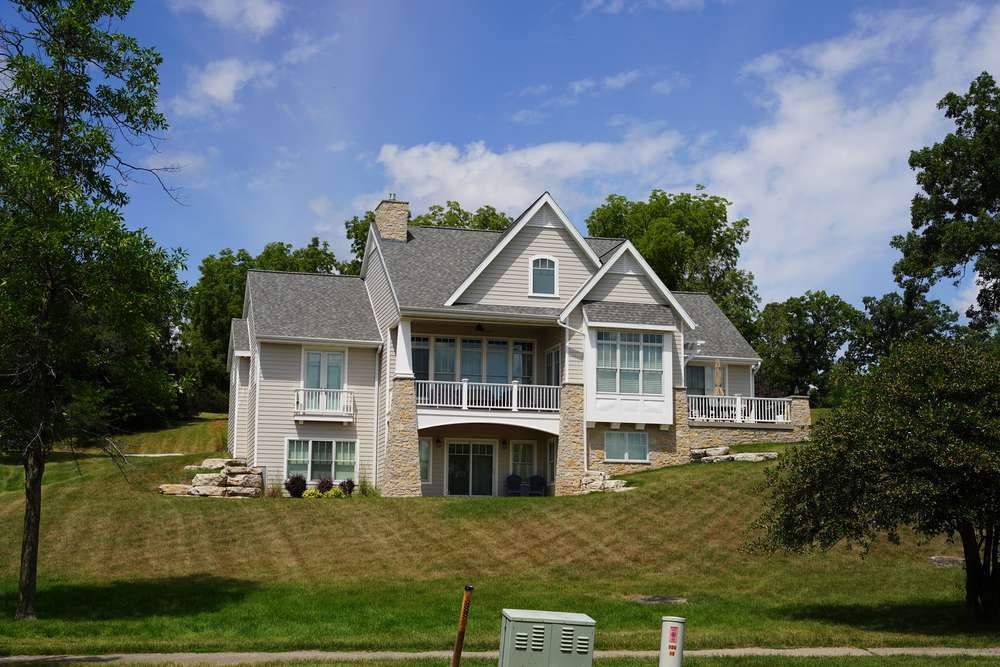
Removing wallpaper can be a labor-intensive task that requires careful consideration and planning. In addition to the physical effort involved, there are potential risks to the underlying sheet rock surface that may result in additional repair work. This process also demands thorough removal of all adhesive residue before considering painting or reapplying wallpaper, adding to the complexity and cost of the project.
Challenges of Wallpaper Removal
Removing wallpaper can be a challenging and time-consuming task, especially if the wallpaper has been in place for an extended period. The process typically involves soaking the wallpaper to loosen the adhesive, which is then scraped off, often leaving behind a layer of glue residue that must be thoroughly removed. This can be a meticulous and painstaking process, requiring patience and attention to detail.
One of the main concerns when removing wallpaper is the potential damage to the sheet rock outer skin. The outer layer of the sheet rock can be delicate, and if not handled carefully, it can be easily scratched, dented, or gouged, leading to the need for repairs. This adds another layer of complexity and expense to the overall project, as repairing sheet rock damage requires skill and precision.
Painting Over Wallpaper
While the removal of wallpaper can be a daunting task, some homeowners may consider painting over the existing wallpaper as a viable alternative. However, this approach comes with its own set of considerations and limitations. If the wallpaper has no texture to the surface, painting over it may be a feasible option. However, if the wallpaper has a textured surface, it can pose challenges when it comes to achieving a smooth and uniform finish.
Attempting to skim over seams with sheetrock mud and sanding may not be effective if the wallpaper has texture, as it can result in visible vertical columns that detract from the overall aesthetic. The presence of texture can make it difficult to achieve a professional-looking result when painting over wallpaper, and it may also limit the options for surface preparation and repair.
Considerations for Painting Over Wallpaper
If the decision is made to paint over existing wallpaper, it is crucial to assess the condition of the wallpaper and its bond to the sheet rock. If the wallpaper is securely bonded and in good condition, the surface may be suitable for painting with proper preparation. However, it is essential to apply a primer coat to ensure proper adhesion and may require multiple top coats of paint to eliminate any residual shadowing from the wallpaper print.
It’s important to note that while painting over wallpaper may offer a temporary solution, it is not a long-term fix. Over time, the wallpaper may pose challenges such as peeling, bubbling, or discoloration, necessitating a more comprehensive approach to surface preparation and finishing.
Cost Considerations
When considering the removal or treatment of wallpaper, it’s essential to factor in the potential costs associated with these processes. The labor-intensive nature of wallpaper removal, combined with the potential for sheet rock damage and the need for thorough adhesive removal, can contribute to the overall expense of the project. Painting services companies may charge higher rates for wallpaper removal due to the additional time and effort required, as well as the potential for subsequent repairs and surface preparation.
Similarly, the process of painting over wallpaper may also require additional steps and materials, increasing the overall cost compared to painting on a standard wall surface. This includes the use of primers and multiple top coats of paint to achieve a satisfactory result and mitigate any visual remnants of the wallpaper.
Conclusion
Removing wallpaper and addressing the underlying surface presents a unique set of challenges and considerations. Whether opting for wallpaper removal or exploring the possibility of painting over existing wallpaper, careful assessment of the condition of the walls and the potential for surface damage is essential. Furthermore, understanding the cost implications associated with these processes can help homeowners make informed decisions regarding their interior space.
It’s important to weigh the advantages and drawbacks of each approach and consider consulting with professionals to determine the most suitable course of action for achieving the desired aesthetic outcome.




 Exterior painting is an essential aspect of maintaining the aesthetic appeal and structural integrity of a home. A fresh coat of paint not only enhances the curb appeal but also protects the exterior surfaces from the elements. However, achieving a flawless and long-lasting paint job requires proper techniques, thorough preplanning, and effective communication between the homeowner and the painting contractor. In this article, we will explore the best exterior painting techniques, what homeowners desire in a paint job, the significance of communication during the painting process, and the importance of preplanning the project.
Exterior painting is an essential aspect of maintaining the aesthetic appeal and structural integrity of a home. A fresh coat of paint not only enhances the curb appeal but also protects the exterior surfaces from the elements. However, achieving a flawless and long-lasting paint job requires proper techniques, thorough preplanning, and effective communication between the homeowner and the painting contractor. In this article, we will explore the best exterior painting techniques, what homeowners desire in a paint job, the significance of communication during the painting process, and the importance of preplanning the project.